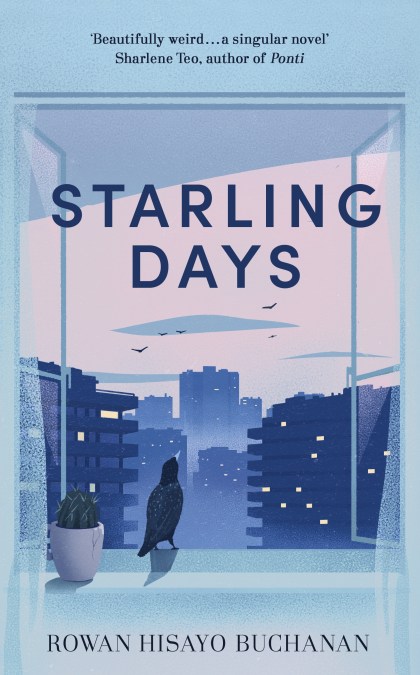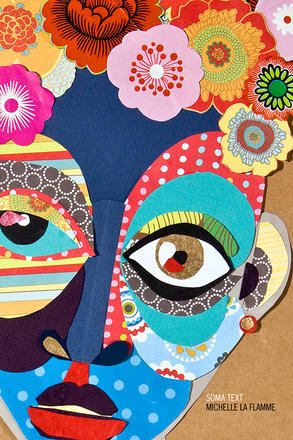In Brazil, a New Rendering of a Literary Giant Makes Waves
The New York Times
2019-06-14
Shannon Sims

A widely known image of Joaquim Maria Machado de Assis, left, that appears on his books, compared with the one that has gone viral on Brazilian social media in recent months, right.
Left: Academia Brasileira de Letras |
Machado de Assis Real, developed by a Brazilian university and an ad agency, shows the 19th-century writer in color, challenging some long-held ideas about him in the process.
RECIFE, Brazil — Throughout elementary and middle school, Ricardo Pavan Martins remembers reading Joaquim Maria Machado de Assis, one of Brazil’s most famous writers.
So the 29-year-old, who lives in Bauru, was shocked to see a new image of Machado that has gone viral in the country. It shows him with chocolate-brown skin, considerably darker than how he appears in the black-and-white photograph that appears on virtually all of his books and hangs prominently in the Brazilian Academy of Letters.
“I always imagined him as white because this is the default image of most writers,” Martins said. “I am certain that if the skin color of an author so important was at the very least discussed during my experience at school, my black friends would have felt more represented.”
Among Brazilian writers, Machado, who lived from 1839 to 1908, inhabits a unique position. “Dom Casmurro,” his 1899 masterpiece about cuckoldry and jealousy, is required reading at some schools around the country. His name has been lent to streets and subway stops across Brazil. Susan Sontag called him “the greatest writer ever produced in Latin America,” and others have compared him to Flaubert, Kafka, Henry James and Alice Munro.
[“The Collected Stories of Machado de Assis,” one of the Times critics’ top books of 2018, “reveals the arc of Machado’s career, from the straightforward love stories to the cerebral and unpredictable later works.” ]
The traditional historical photo of him shows a man whose skin is nearly as light as his crisp white dress shirt. But a new project, developed by the São Paulo office of the advertising agency Grey and São Paulo’s University Zumbi dos Palmares, a predominantly black university, re-creates that photo in a way that the project’s leaders say more accurately reflects what Machado looked like.
Machado was known to be the descendant of freed slaves, but the new rendering, which shows him as a black man, has shaken Brazilians, prompting some to reconsider how they previously read his work and angering others who feel his legacy had been whitewashed…
…It isn’t clear how or why Machado’s image was lightened. Machado scholars like G. Reginald Daniel, a sociology professor at the University of California at Santa Barbara, said that in 19th-century Brazil, Machado’s publishers “would have totally wanted him white to sell. For people to see this great author as of African descent would have been very troubling for many.”…
“He was celebrated during a period of Brazilian society where to be recognized and valued you had to be white,” Matos said. “He would have never been taken seriously, and never achieved commercial success, if people had known his true racial identity. He would have been a failure if he had been known as black.”
But some of those most familiar with Machado’s life are ambivalent about the push to identify him as black. Daniel, who wrote a book exploring Machado’s mixed-race identity, said that while he commended the efforts to “re-racialize” him, “the real Machado de Assis was not a black man but mixed. Portraying him otherwise misses the duality and in-between experience he had as a biracial man.”…
Read entire article here.






